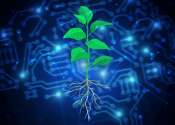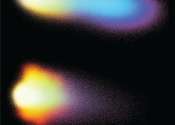The Salk Institute for Biological Studies (Salk Institute) was founded in 1960 by Jonas Salk, (polio vaccine), Jacob Bronowski and Francis Crick as an independent, private-not for profit scientific research center in the La Jolla, California area. The Salk Institute has around 700 labs in the areas of Molecular Biology and Genetics; Neurosciences; and Plant Biology. The architectural majesty of the Salk Institute is awesome. The Salk Institute has significant resources devoted to the aging process, Alzheimer's Disease, Diabetes, Parkinson's Disease and numerous genetic and mirco-biology studies. About eight Nobel Laureates have been associated with the Salk Institute.
- Address
- Salk Institute for Biological Studies
Post Office Box 85800
San Diego, California 92186-5800
- Website
- http://www.salk.edu/
- Wikipedia
- http://en.wikipedia.org/wiki/Salk_Institute_for_Biological_Studies
Some content from Wikipedia,
licensed under CC BY-SA
Subscribe to rss feed









